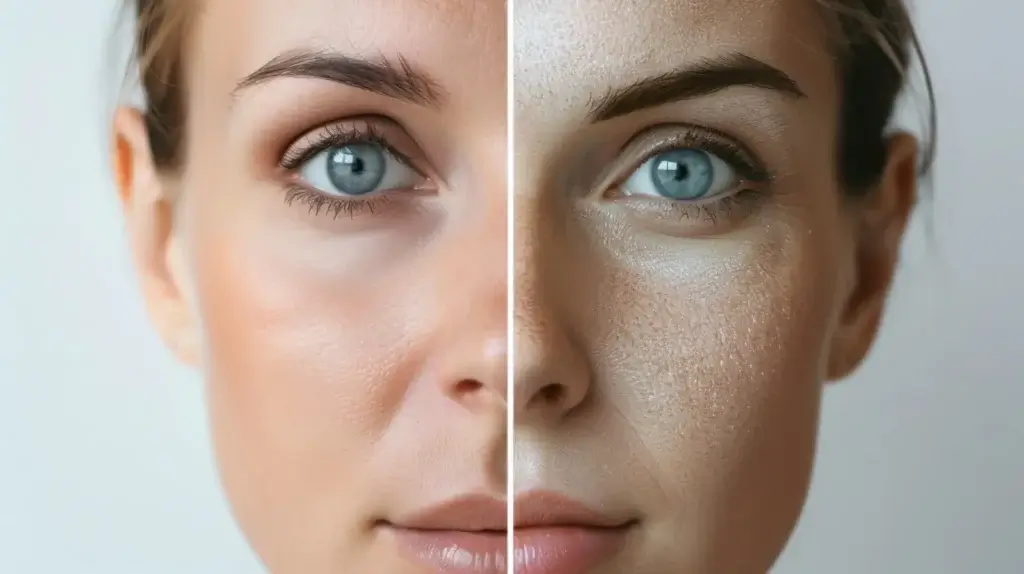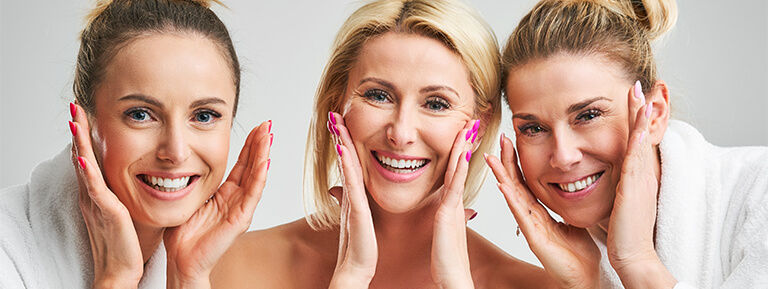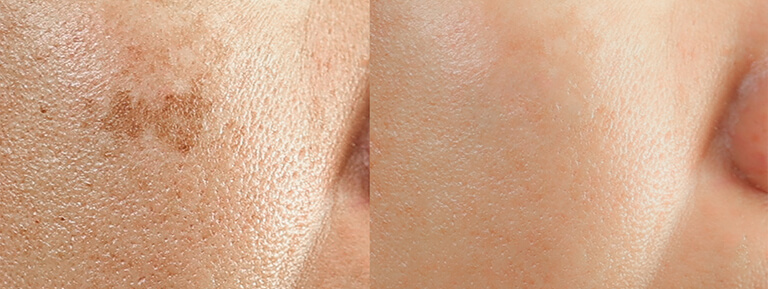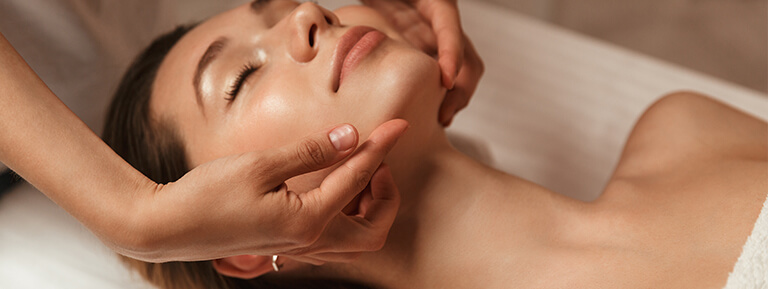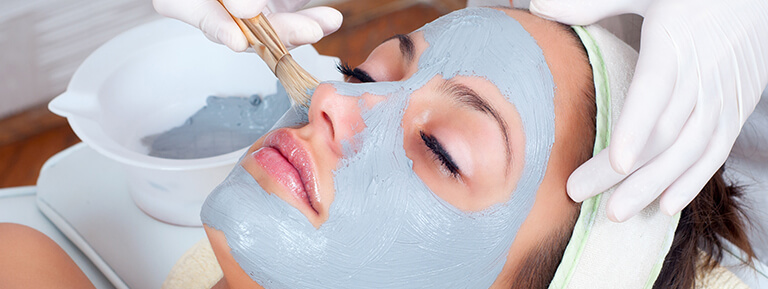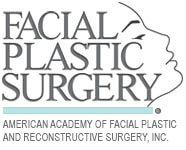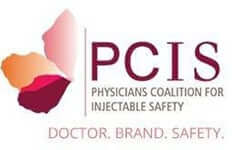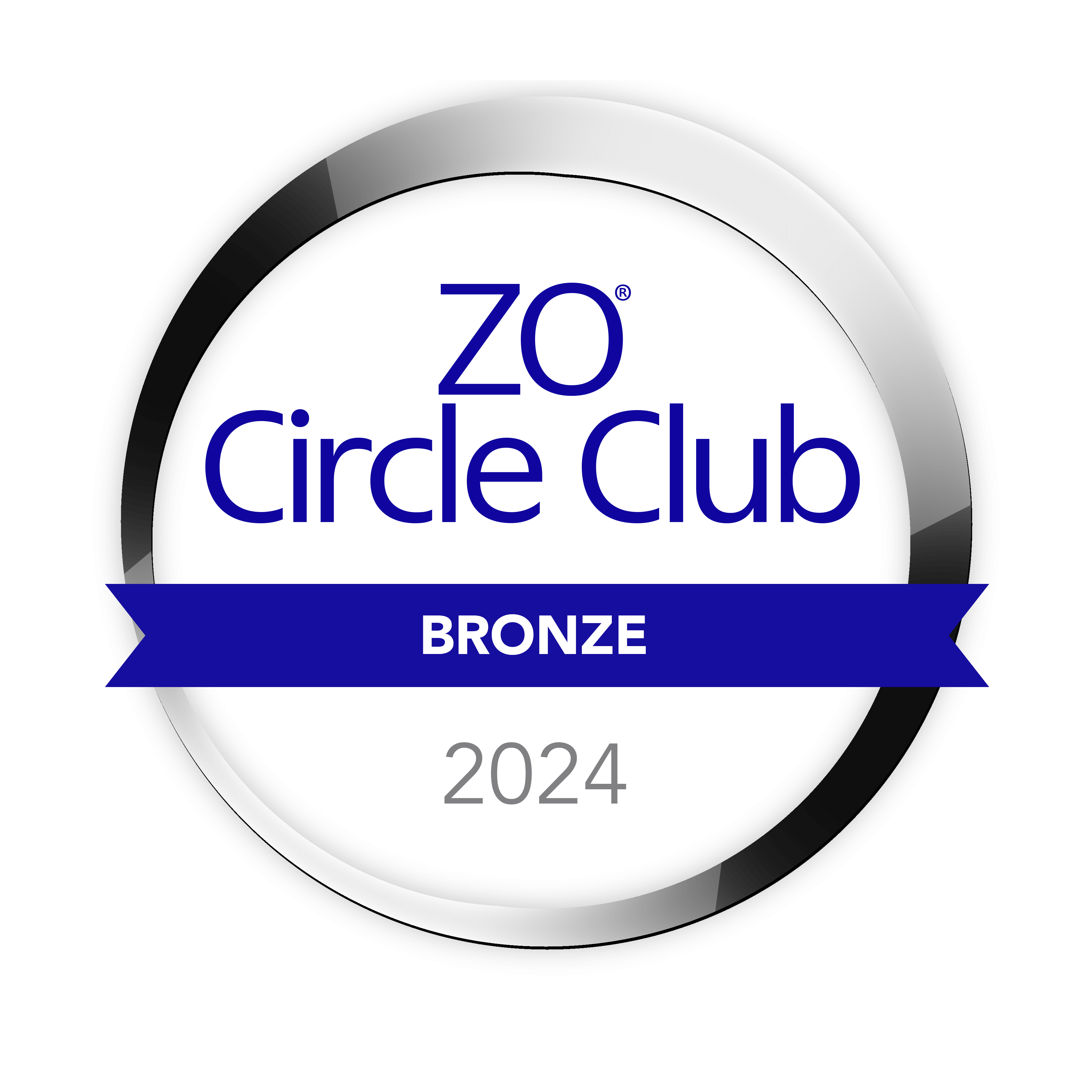What is a facial?
A facial is a skincare treatment designed to cleanse, exfoliate, and nourish your skin, promoting a clear, hydrated, and youthful appearance. Typical facial treatments include cleansing, exfoliation, facial masks, facial massage, and moisturizing. Each facial is customized to address specific skin concerns such as acne, dryness, aging, or sensitivity.
How often should you get a facial?
For most people, receiving a facial once a month is ideal, as this aligns with your skin’s natural renewal cycle, which is roughly every 28 days. Regular monthly treatments help maintain clear and healthy skin, manage concerns like acne or dryness, and slow down signs of aging.
How often should you get a facial in your 40s?
In your 40s, monthly facials are highly beneficial to address signs of aging, such as fine lines, wrinkles, and decreased skin elasticity. Regular treatments, combined with specialized anti-aging products, can effectively rejuvenate the skin, improve hydration, and maintain a youthful appearance.
How often should you get a facial in your 30s?
In your 30s, it’s best to have a facial every 4 to 6 weeks. This frequency supports collagen production, reduces early signs of aging like fine lines and uneven texture, and helps maintain optimal skin hydration and clarity.
How often should you get a facial in your 50s?
In your 50s, maintaining a routine of facials every 4 weeks is beneficial to combat more advanced aging signs, including deeper wrinkles, pigmentation, and loss of skin firmness. Regular treatments can significantly improve facial aesthetics and overall skin health.
How often should you get a facial in your 20s?
During your 20s, having a facial every 6 to 8 weeks is generally sufficient. This helps keep your skin clean, balanced, and healthy while preventing common issues such as breakouts, clogged pores, and early signs of sun damage.
How often should you get a facial in your 60s?
In your 60s, receiving a facial every 3 to 4 weeks can greatly enhance skin hydration, reduce deep lines, and boost overall skin elasticity and brightness. Regular facials combined with appropriate skincare products can effectively support mature skin health.
What to do before a facial appointment?
Before your facial appointment, avoid using harsh exfoliants or retinoids for at least 24 to 48 hours to prevent skin irritation. Ensure your face is clean but refrain from applying heavy creams or makeup prior to the session. Staying hydrated and informing your aesthetician of any skin conditions or allergies will also help achieve the best results.
How long after a facial can I shower?
You can shower shortly after a facial, but ideally, wait at least 6 to 8 hours. This allows the nourishing products applied during your facial to fully absorb and maximize their benefits.
Can I wear makeup to my Botox appointment?
It is recommended to arrive at your Botox appointment with a clean, makeup-free face. Makeup will need to be removed from the areas being treated, ensuring accurate injections and reducing the risk of infection.
How long do facial results last?
Facial results typically last about 4 to 6 weeks, depending on the type of facial and individual skin conditions. Regular maintenance treatments will help prolong the beneficial effects and keep your skin consistently healthy and vibrant.
What to expect at your first facial?
During your first facial, the clinician will assess your skin type and concerns before customizing the treatment. Expect cleansing, exfoliation, extractions if needed, a nourishing facial mask, and a relaxing facial massage. You’ll leave with refreshed, healthier-looking skin and recommendations for ongoing care.
What is a Hydrafacial?
A Hydrafacial is a specialized facial treatment that uses patented technology to cleanse, extract, and hydrate the skin effectively. It involves a gentle suction device that removes impurities and infuses skin with hydrating and nourishing serums, resulting in an immediate glow with no downtime.
What are the benefits of a facial?
Facials offer numerous benefits, including deep cleansing, removal of dead skin cells, improved hydration, reduced signs of aging, diminished acne breakouts, and brighter, more even skin tone. They also enhance circulation and promote relaxation, contributing to overall skin health and wellness.
How long does a facial take?
A typical facial lasts about 60 minutes, though specialized treatments like Hydrafacials may vary slightly in duration. This time allows thorough cleansing, treatment application, and relaxation.
Why do I need facials?
Regular facials are important for maintaining healthy skin, addressing concerns such as aging, acne, or dryness, and preventing future skin issues. Facials complement your daily face skin care routine by deeply cleansing, hydrating, and rejuvenating the skin beyond everyday care.
What should I do to prepare for my facial?
To prepare for a facial, avoid heavy exfoliation, waxing, or chemical peels within 48 hours prior. Drink plenty of water, limit sun exposure, and arrive with clean skin. Inform your aesthetician about any skin issues or products you’re currently using.
Should I have facial service if I’m pregnant?
Most facials are safe during pregnancy; however, it’s important to let your clinician know if you’re pregnant. Treatments can be tailored to ensure they are safe and effective for you and your developing baby, avoiding ingredients and methods that could be unsafe during pregnancy.
What are the do’s and don’ts after a facial?
After a facial, do stay hydrated, apply sunscreen, and use gentle skincare products. Avoid heavy makeup, sun exposure, intense physical activity, or harsh skincare products for at least 24 hours to let your skin fully benefit from the treatment.


